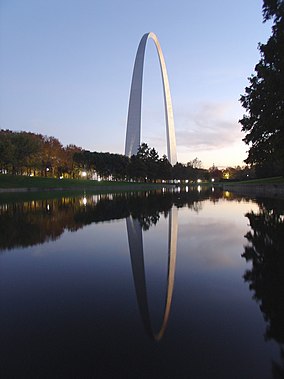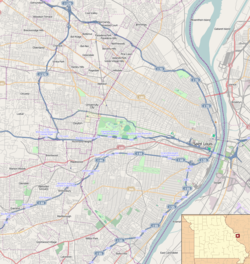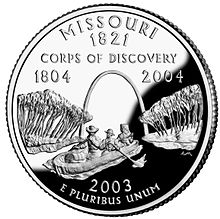Blog by: Devyn K



Gateway Arch National Park is an American national park located in St. Louis, Missouri, near the starting point of the Lewis and Clark Expedition. In its initial form as a national memorial, it was established in 1935 to commemorate: the Louisiana Purchase and subsequent westward movement of American explorers and pioneers; the first civil government west of the Mississippi River; and the debate over slavery raised by the Dred Scott case. The national park consists of the Gateway Arch, a steel catenary arch that has become the definitive icon of St. Louis; a park along the Mississippi River on the site of the earliest buildings of the city; the Old Courthouse, a former state and federal courthouse where the Dred Scott case originated; and the 140,000 sq ft (13,000 m2) museum at the Gateway Arch. It is the smallest national park in the United States at 91 acres (37 ha), less than 2% the size of the next-smallest, Hot Springs National Park. The immediate surroundings of the Gateway Arch were initially designated the Jefferson National Expansion Memorial (a national memorial) by secretarial order on December 21, 1935. The Gateway Arch was completed on October 28, 1965. The park is maintained by the National Park Service (NPS). The area surrounding the arch was redesignated as the "Gateway Arch National Park" (a national park) in 2018. This change has been controversial due to the nature of the site ("national parks" typically involve significant natural landscapes and significant opportunities for nature recreation, whereas sites that have primarily historical and architectural significance are usually given other NPS designations).[3] Several publications noted that the addition of Gateway Arch as a national park eroded the significance associated with the "national park" designation, and some suggested that the change was made in order to promote tourism rather than to conserve a nature area.